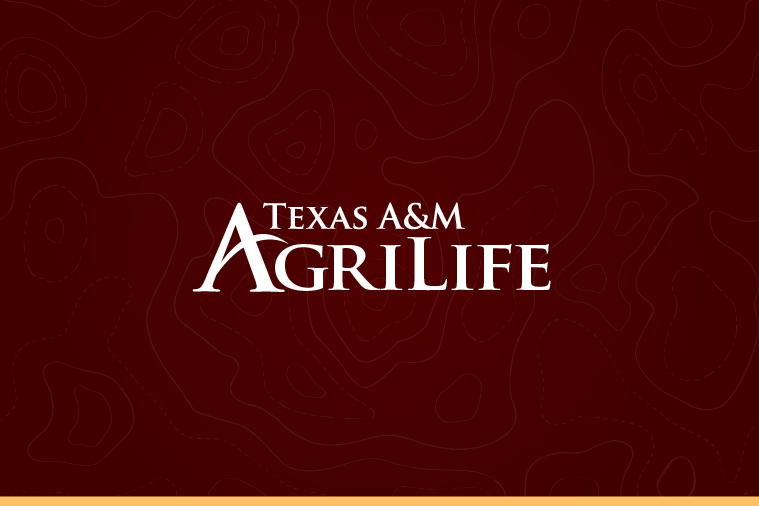Research leader cultivates global impact through forage legume innovation
Gerald Smith advances plant breeding science and sustainable livestock systems
From the pastures of East Texas to farming communities across the globe, the scientific work of Gerald Smith, Ph.D., Texas A&M AgriLife Research plant breeder, Regents Fellow and professor in the Department of Soil and Crop Sciences, continues to feed the world.
As leader of the Forage Legume Research Program at the Texas A&M AgriLife Research and Extension Center at Overton, Smith has built a distinguished career developing improved varieties of forage legumes and grasses.
His research not only advances plant breeding science, but also supports sustainable livestock systems, conserves natural resources and reduces dependence on synthetic fertilizers. The real-world impact is measurable and significant.

Why he does it: From small farms to global fields
“My research program goal is to apply scientific principles to the improvement of forage, pasture and livestock production systems to ensure the supply of healthy, safe and sustainable food for Texans and the world,” Smith said.
That purpose is rooted in his own life experience. Raised on a small farm and trained in the land-grant university system, Smith attributes his professional direction to the mentorship of agricultural visionaries Ron Haaland, Ph.D., Bill Knight, Ph.D., and Ethan Holt, Ph.D. Their influence helped shape the values that now guide his mission: to ensure that forage and pasture systems are more productive, more resilient and better for the planet.
Impact in numbers: Millions of pounds, millions of dollars
Since 2016, the Forage Legume Breeding Program at Overton has delivered five new legume cultivars that have generated 1.785 million pounds of seed sales. The estimated impact value of these innovations is $82.4 million, calculated from seed sales of Plant Variety Protection-certified cultivars and their value to livestock production, nitrogen replacement, conservation, pollination and wildlife ecosystems.
From 2016 to 2023, the annual impact value of these cultivars averaged $11.77 million, demonstrating how a focused, science-based breeding program can scale into major economic and environmental benefits. These accomplishments were only possible through cooperative research with other scientists at Overton and multiple locations across Texas.
By improving the quality and resilience of forage legumes, Smith’s program is strengthening the foundation of livestock systems, reducing the need for synthetic inputs and enhancing the sustainability of food production across ecosystems.
“The continuing application of scientific principles to the improvement of forage, pasture and livestock production systems ensures the supply of healthy, safe and sustainable food for Texans and the world.”
Looking ahead: 5-year research goals to grow the future
The next phase of Smith’s work is as ambitious as it is necessary. His five-year research agenda includes:
- Improving seed production, rooting traits and salt tolerance of forage and multiuse cowpea varieties.
- Commercializing disease-resistant forage lab bean cultivars, which are key for tropical and subtropical grazing systems.
- Developing bird’s foot trefoil cultivars adapted to acidic soils high in aluminum toxicity, expanding options for regions with challenging soil chemistry.
- Characterizing a large cowpea collection to identify food quality traits like natural antioxidants using genetic tools, where possible.
- Creating new forage legume cultivars specifically designed for cover cropping, supporting soil health and climate-resilient agriculture.
Growing innovation that feeds the world
Smith’s work is a clear embodiment of The Texas A&M University System’s commitment to leveraging innovation to solve real-world problems. By applying science to seed, he is creating tools that empower farmers and ranchers, protect the environment, and help secure a sustainable global food system.
With a foundation in humble beginnings and an eye toward future resilience, Smith’s legacy continues to grow — field by field, pasture by pasture.
This story by Crystal Carter originally appeared in Newsroom, Texas A&M Innovation News.





